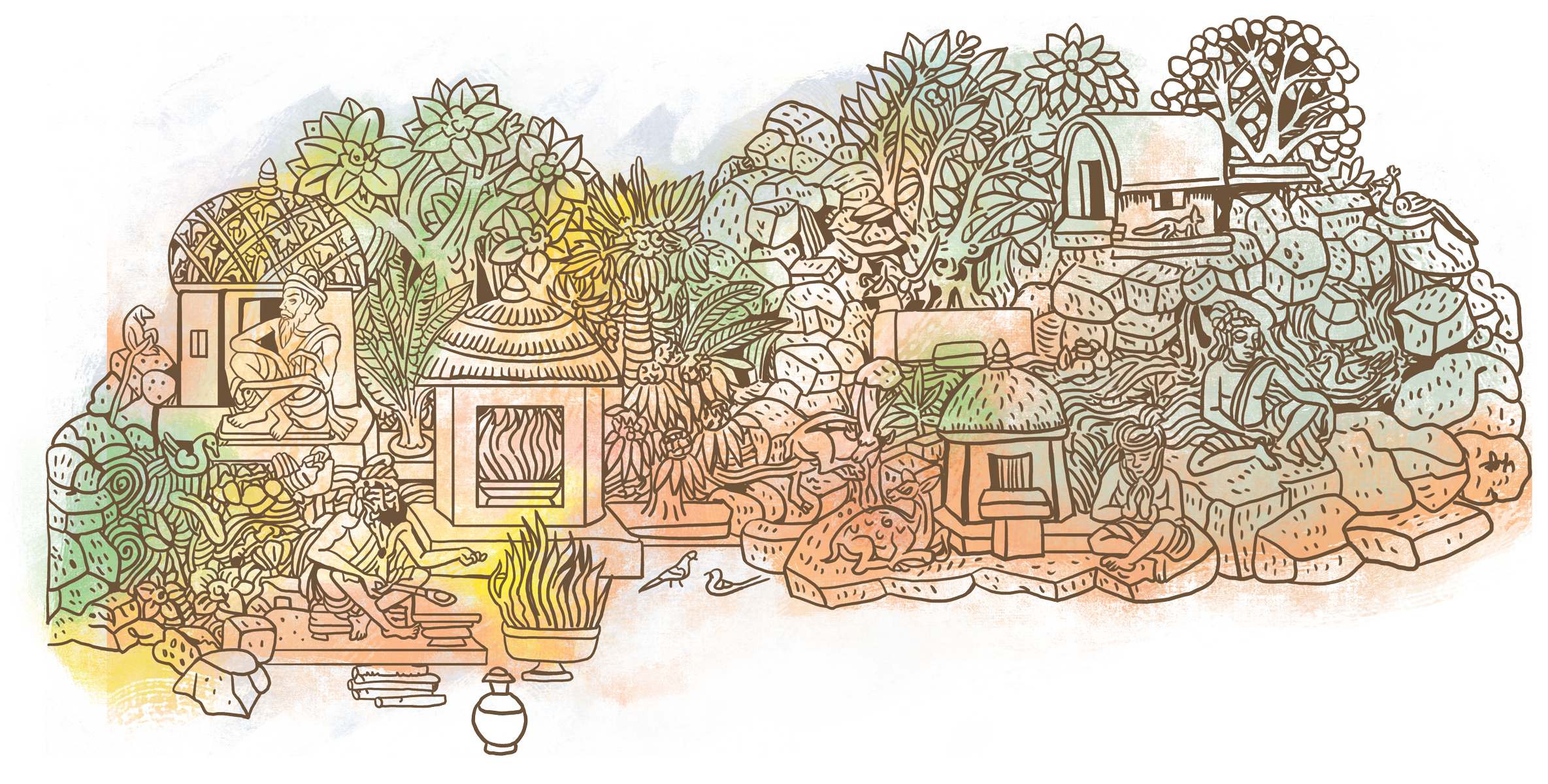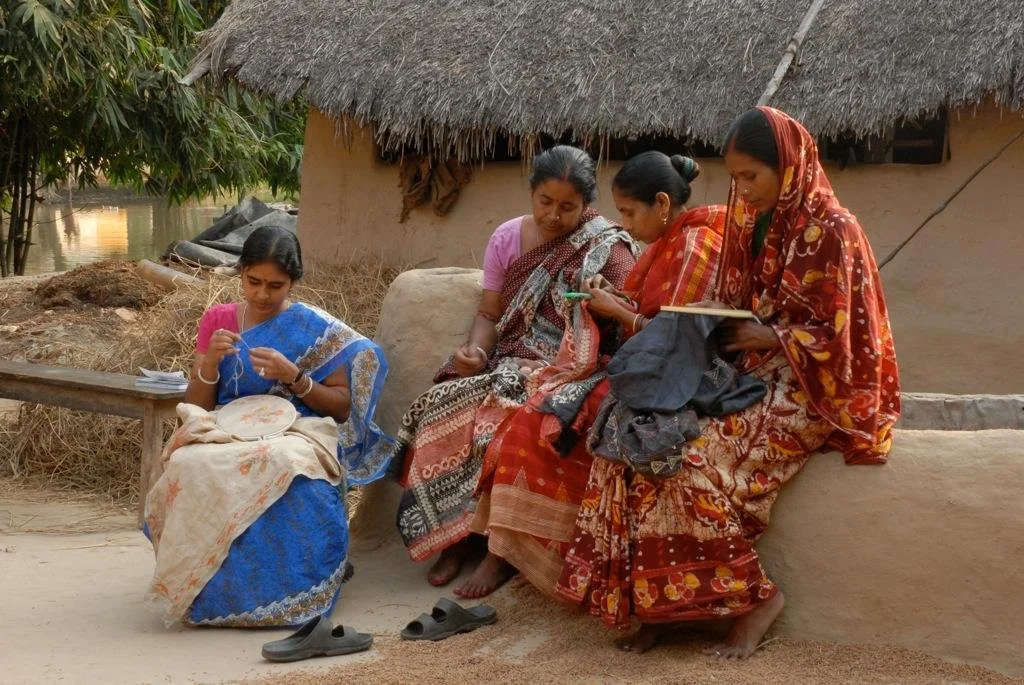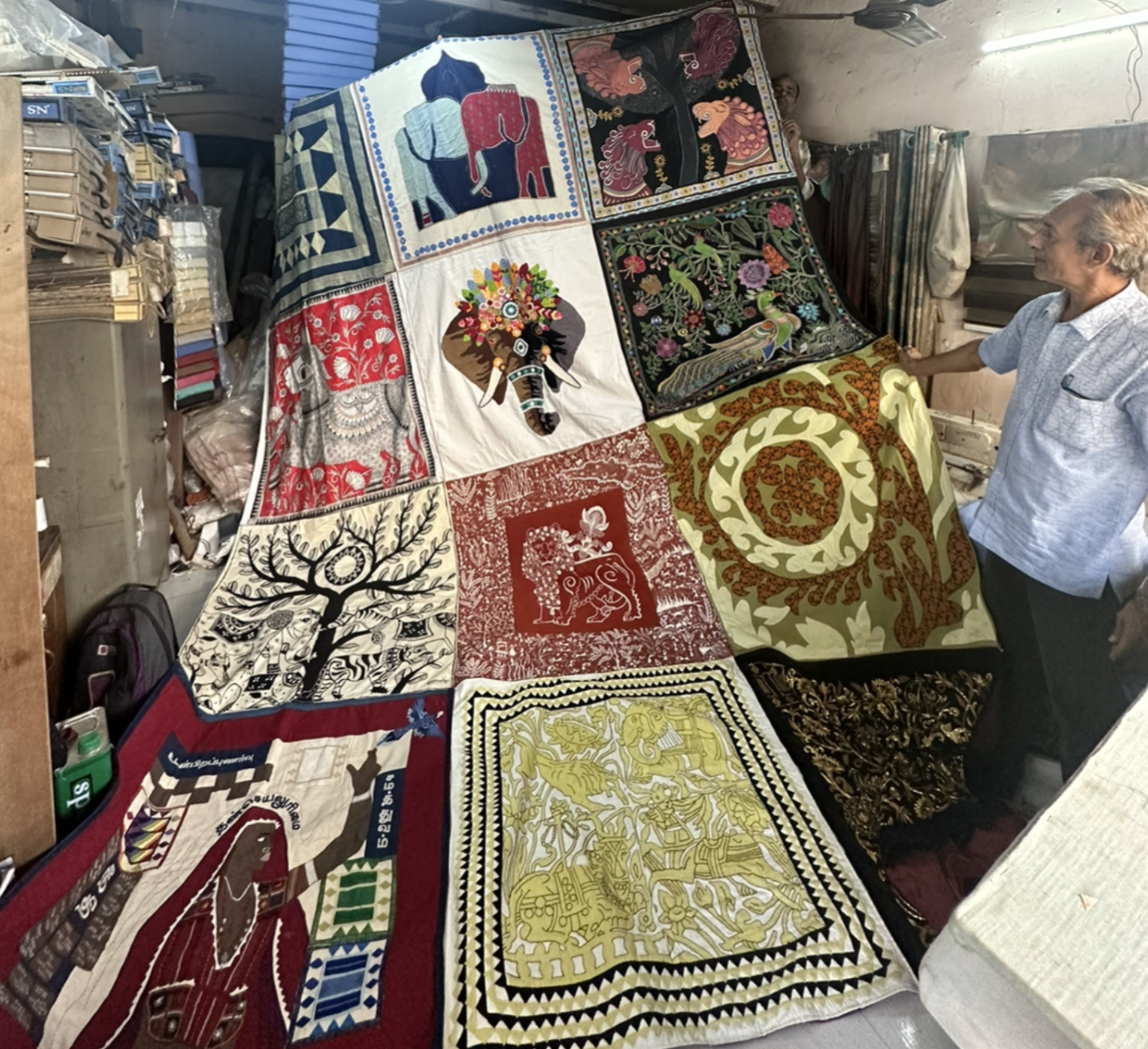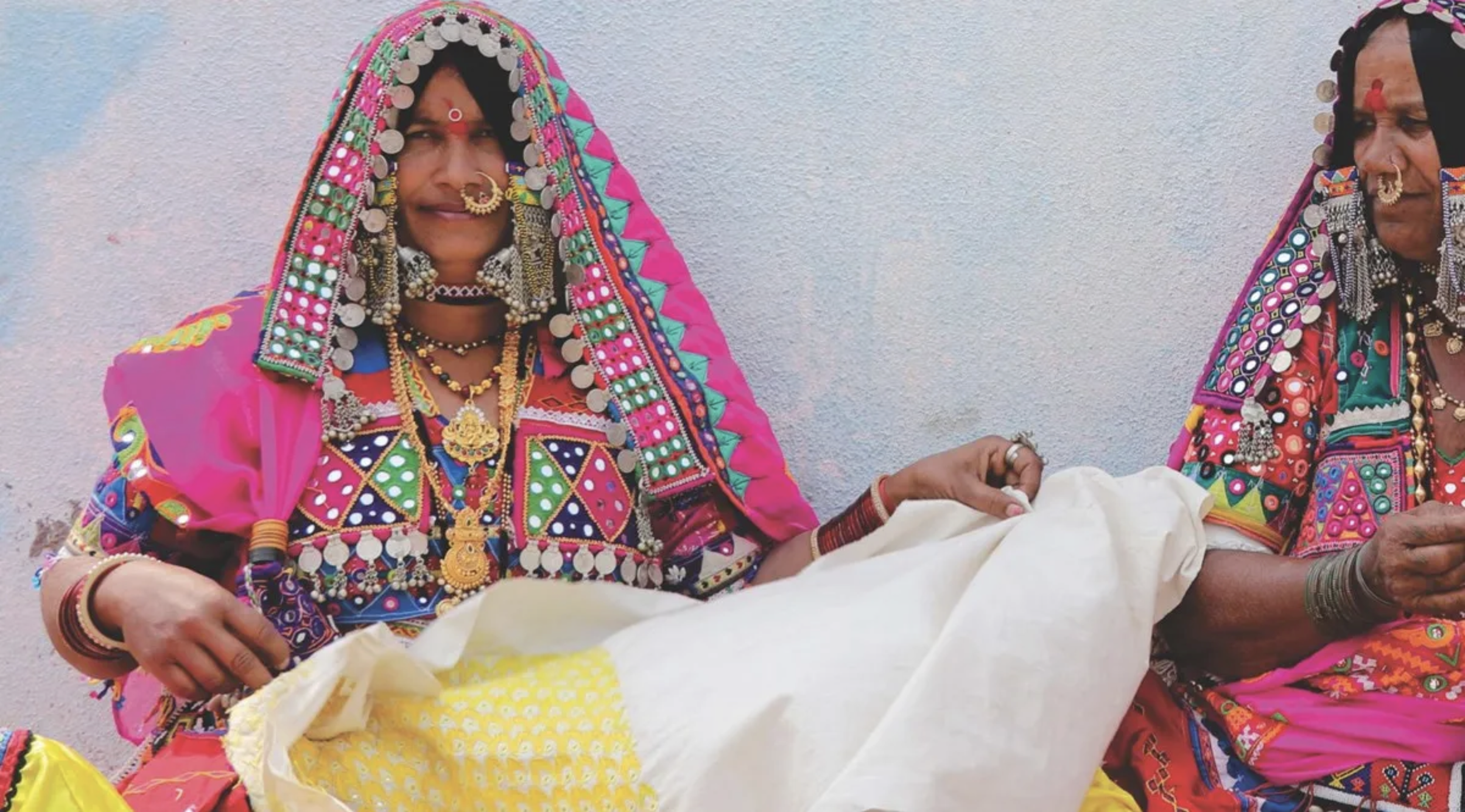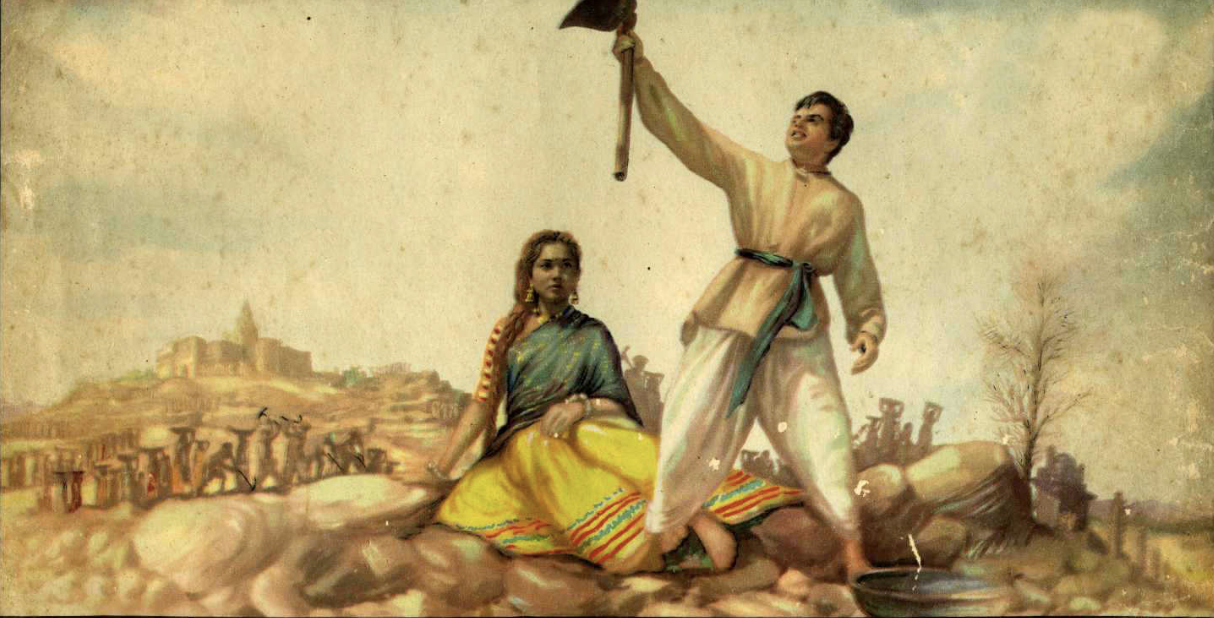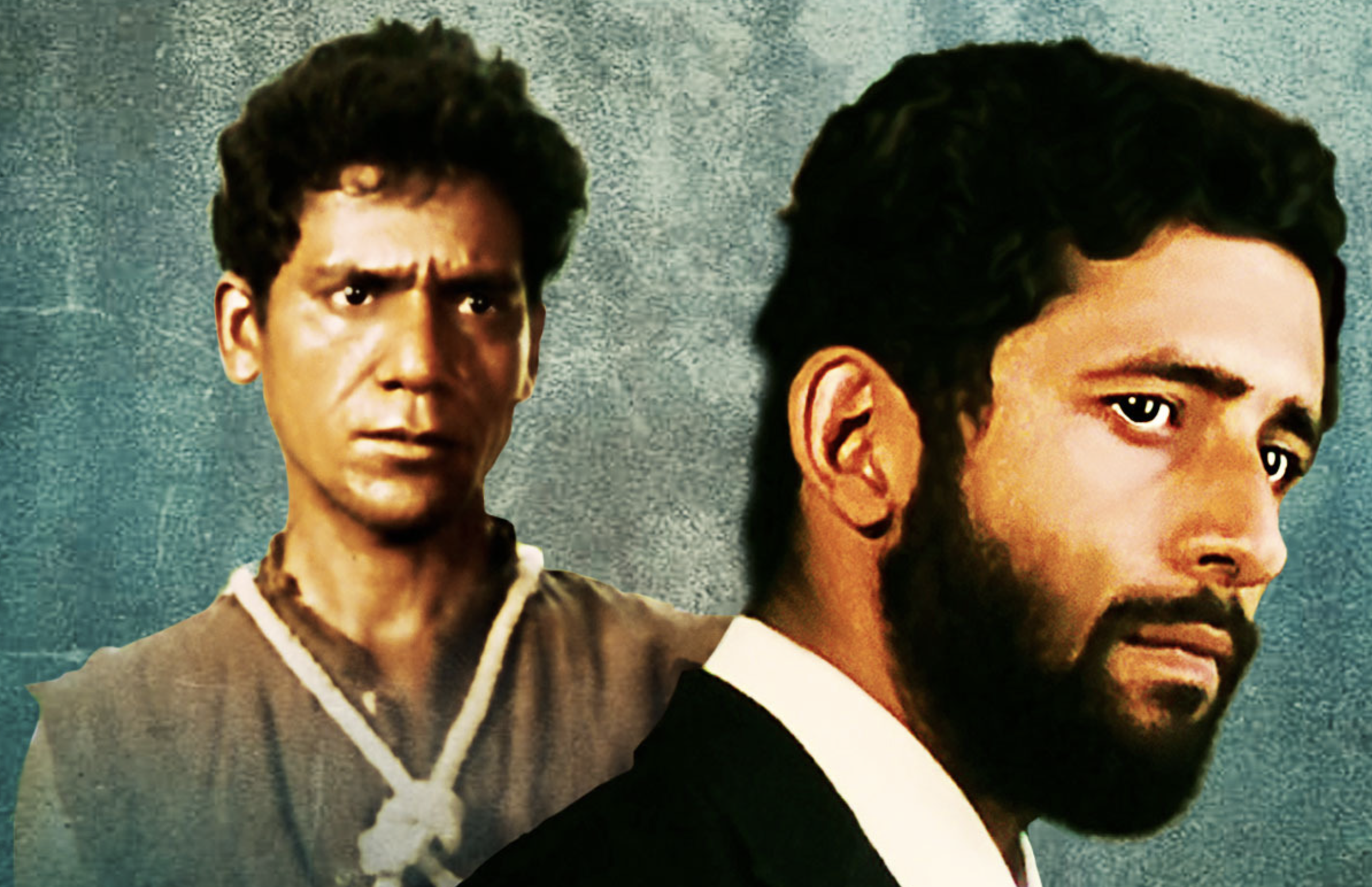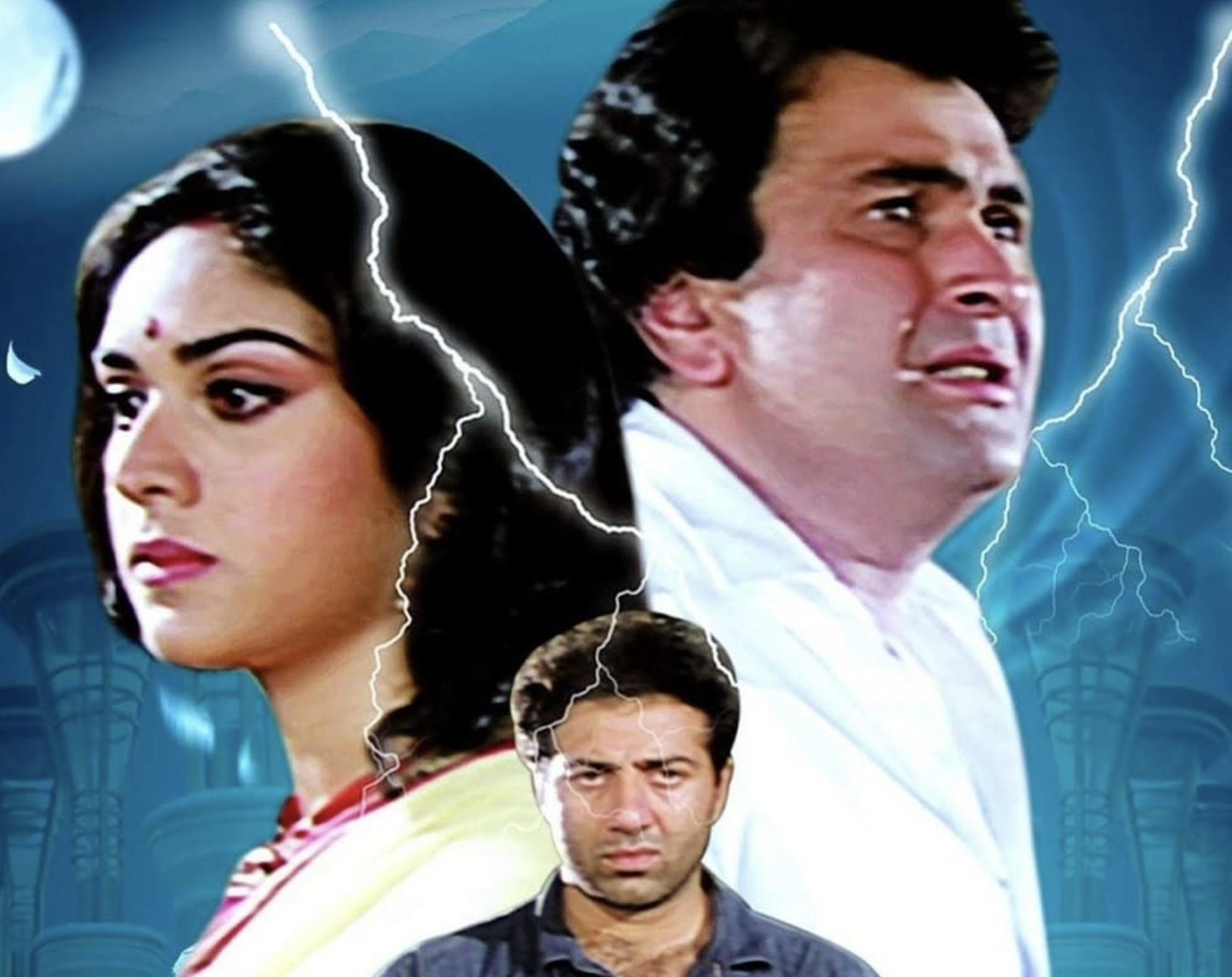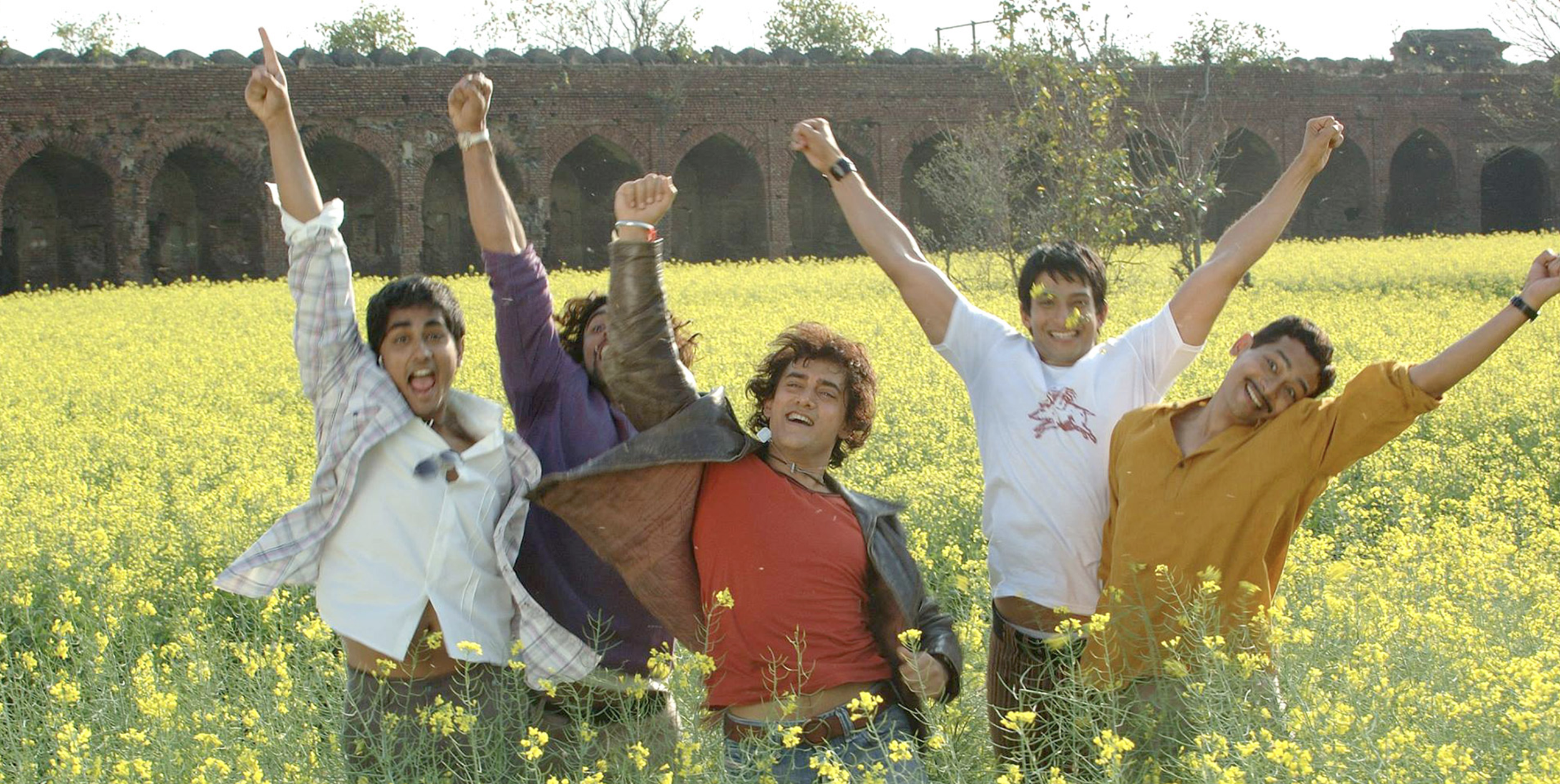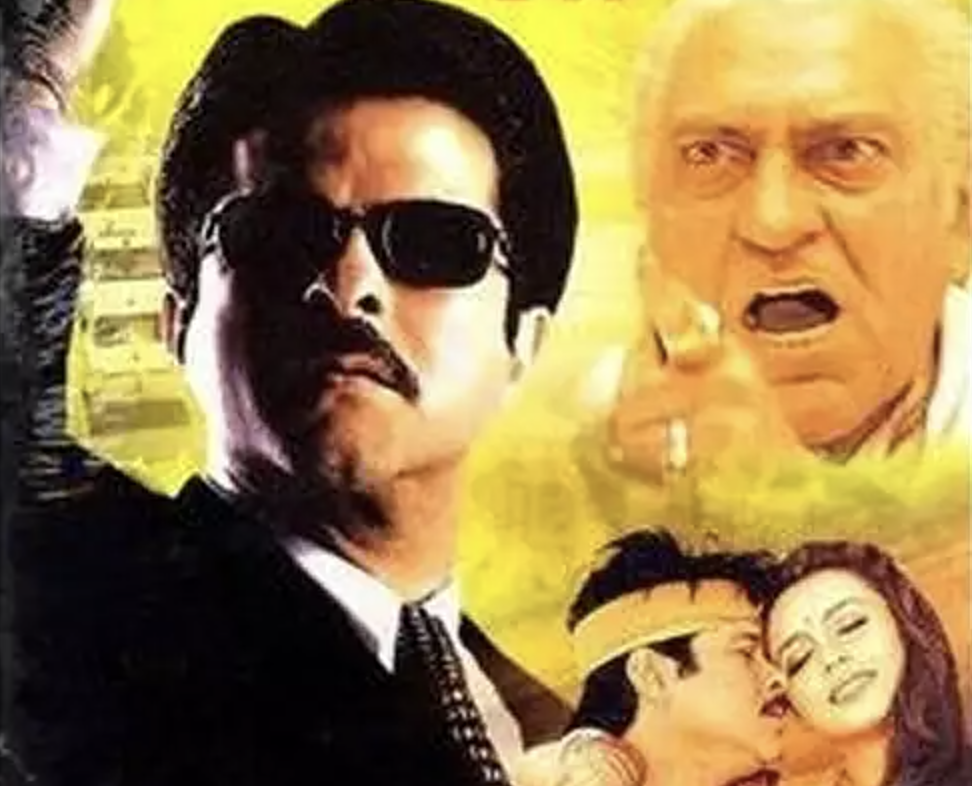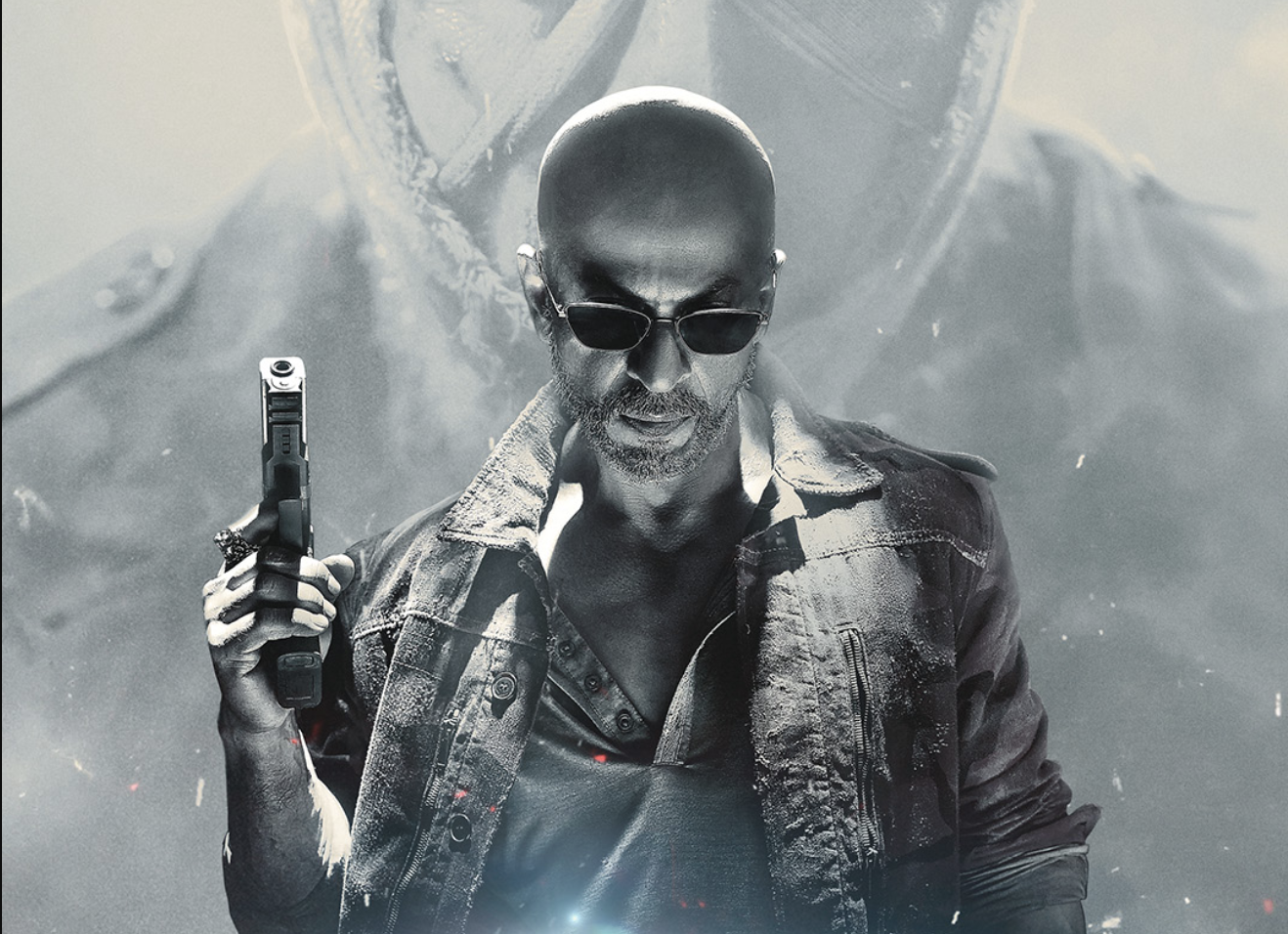Purposeful StoriesFebruary 2024
Art is not mere indulgence. It is rather an essential component in building an argumentative society in which citizens deliberate upon important issues and get involved in a robust intellectual engagement to celebrate culture, artistic marvel, diversity and plurality.
People relate to art very easily as it paves the way for them to learn more about the artisans and their socio-cultural backgrounds.
A Fascinating Piece of Art:
26 January 2024—India’s 75th Republic Day has created a moment to celebrate the Constitution of India and its values of equality, liberty, justice and fraternity.
For centuries, stylish and pleasing to the eye brushstrokes have decorated walls in India. Dexterous artisans have employed their freedom of thought to tell insightful stories through their works of art and craft. Art plays multiple roles in society and speaks in a unique language.
It is important to show respect to dignified artisans by providing them platforms from where they can share their artwork and build new bonds while engaging with a wider audience. Professional platforms help to increase visibility and attract new followers and art lovers. A good piece of news is that, globally, there is a renewed corporate interest in promotion of art and craft in the 21st century.
In the Indian context, this has revitalised the foundations of Indian craft by linking art to the 2030 Sustainable Development Goals (SDGs) established by the United Nations. The field of arts and crafts has great potential to contribute in achieving the SDGs, as it generates employment, ensures livelihood and facilitates artisans in building an influential network through various projects and art exhibitions. Apart from achieving the SDGs, there is a lot of interest in introducing sustainable product sales and attracting more and more eco-conscious consumers.
Given India’s rich and enviable history of culture, art and craft, the growing corporate interest in art could be a game-changer. As of today, the global art and craft market size is witnessing growth and expansion at a galloping pace. The mounting corporate interest in promotion of local art and connecting artisans to a wider world is the proverbial cherry on the cake.
By 2023, the global art and craft market size was close to $ US 4 billion and is anticipated to expand to $ US 5.5 billion by 2030. This demonstrates a compound annual growth rate of over 6 percent, according to a detailed report by Fortune Business Insights.
In 2024—a new year and a new beginning—the Hand for Handmade Collective brings to you an amazing group of artists instrumental in the creation of a magnificent mural, as part of a campaign “Hamari Virasat (HV)” (India’s Heritage) and Har Dil Me Samvidan (Constitution in Every Heart) movement, to commemorate the 75th anniversary of India’s Constitution. In this special issue, you will hear from Vipul Jain and Shibani Dasgupta, founders of Hand for Handmade in a special podcast hosted by Manasi Lalwani. You will meet Aradhana Nagpal, the project consultant for HV and art curator from Maharashtra. And, you will get to know Sunitha, a Tribal artist associated with Porgai Artisans Association,a society of Lambadi women Artisans. Get ready for a reflective review of seven Bollywood movies that portray different sets of values enshrined in the Indian Constitution by Poorva Joshi, Director Gnothi Seauton.
Are you ready for the show?
A Purposeful Partnership
When the entire world was battling with the Covid-19 pandemic, Ms Shibani Dasgupta Jain, Mr Vipul Jain and Ms Chirashree Thakkar worked in tandem on an idea to lend support to artisans and entrepreneurs in the handicraft industry.
They were able to stitch a focused partnership by establishing the Hand for Handmade Foundation (HFH) during the pandemic.
With collaboration from other relevant stakeholders, a not-for-profit organisation was formed in 2020. One of the striking features of the HFH is its 500-member strong family comprising over 500 artisans, designers, educationists, entrepreneurs and experts who are well versed with the craft industry.
To know more about the HFH, you can listen to Ms Shibani Dasgupta Jain and Mr Vipul Jain, in this *podcast* (hyperlink Manasi’s podcast)
A Creative Collaboration
Over 120 organisations from India’s 15 states have joined hands to participate in a pan-India campaign to mark the historic occasion. To celebrate the longest Constitution in the world and perhaps the only illustrated Constitution, a project campaign “Hamari Virasat” (Our Heritage) has been initiated by the Hand for Handmade Foundation (HHF), a registered Non-Governmental Organisation. Yet another supporter and promoter of this unique campaign is an NGO named We, The People Abhiyan (www.wethepeopleabhiyan.org).
We, The People Abhiyan organises various innovative programmes for capacity building, especially by empowering Indian citizens through Constitutional awareness workshops. Short films and documentaries are also shown to citizens to raise their awareness with regards to Constitutional values in their day-to-day life. Many citizens are inspired by the NGO’s body of work. The organisation motivates all Indians to be “active citizens” who are ready and prepared to act towards improving their lives and communities while endorsing and espousing Constitutional values. “Each citizen must be an active citizen!”
The Creative Curator
Meet Aradhana Nagpal, a Bombay-based entrepreneur, designer and craft curator, who attaches great importance to value-based art.
Aradhana is the project consultant for the Hand for Handmade Foundation (HFH). As an art lover, she started Dhoop, a unique studio for curated craft from India, in 2003. This became possible as a result of a month-long sojourn to the north-east of India. Nagaland and Assam amazed her to the hilt, primarily by the beautiful craft and hidden talent this unexplored region is filled with.
With two decade-long rich and rewarding experiences, Aradhana continues to nurture a strong passion for art and design. Aradhana’s considerable experience enables her to appreciate unique traits of artisans that are difficult to recognise from a distance.
Her open mindedness means that she keeps reaching out to artisans from various parts of India and learns more about their art and the different cultures they represent. “What I do love about my work is to be able to bring artisans to the forefront and shine a spotlight on their art and craft. I feel liberated and thrilled to bring so many artisans on a single platform,” she says in an exclusive chat with Gnothi Seauton.
On the growing corporate interest in showcasing art, Aradhana believes that CSR (Corporate Social Responsibility) has always been a part of corporate culture, but what has changed, for good, is that now the corporate interest in art has grown beyond the mandated interest. “If you have a plan, a proper structure and genuine love for art, the corporate interest in the project is guaranteed. There is a lot of corporate interest and support now.”
Aradhana’s keen interest in history, culture, tradition and aesthetics pushed her to follow her dream. She graduated with a double major in Ancient Indian Culture and Anthropology after which she completed her masters in Ancient Indian Culture. She has grown to become sensitive to artisans’ needs and is able to brief them about what might sell in an urban craft fair. Looking back, she has curated Mumbai’s then largest craft exhibition held at the famed Kala Ghoda.
Aradhana believes that her involvement as project consultant with the Hamari Virasat campaign was a calling of sorts. “Art brings together cultures and traditions. For me as craft curator, using art as a medium of coming together to celebrate unity in diversity means a lot.”
A Fascinating Piece of Art
26 January 2024—India’s 75th Republic Day was a moment to celebrate the Constitution of India and its values of equality, liberty, justice and fraternity. Many are of the view that the Constitution of India in itself is an attractive piece of art. Aesthetically speaking, the preamble of India’s Constitution is art at its very best. It depicts a Bull, an Elephant, the Horse, and the Lion in the four corners, with borders of Lotus stem-inspired illustrations and interwoven peacocks and peahens. In myriad ways, the artwork in India’s Constitution weaves a narrative of harmony, peace, secularism and pluralism. The artwork is also a testimony of the vast vision of the region's cultural heritance by founding fathers of the Indian Constitution.
This document not only protects rights of Indian citizens but its each part begins with a piece of art that traces the region’s 5000-year old recorded history. Art can be an expression of human creativity and diverse activity, skill and imagination.
A Magnificent Mural
A group of talented artists has created a unique fabric mural from 75 different forms of handmade art to commemorate India’s 75th Constitution Day. This artistic expression is a part of the HFH initiative. Each 1mx1m panel represents a different textile craft/art from India and features varieties of painted, embroidered, woven, tie-dyed, patchwork, and hand-block prints.
Colours of Life
In the southern Indian state of Tamil Nadu, women artists have kept alive the region’s traditional Lambadi hand embroidery.
Based in Sittilingi hamlet in Dharmapuri district, Tamil Nadu, there are about 70 members, mostly women artists, who weave magic with their dexterous hands. At least 10 women artists worked indefatigably for over a month to come up with a fabulous piece of art. Gnothi Seauton spoke to some of the artists who were a part of the initiative and whose art was showcased in the magnificent fabric mural.
Sunitha, an artist associated with Porgai (sharing pride) for over a decade now, opined: “We say that India gained freedom but the women of the country are not free yet. Women are dependent on others for many things, and if a woman wants to take an initiative independently, there are multiple roadblocks.”
Extremely talented women artists like Sunitha employed a creative colour scheme to represent concepts such as freedom, equality, justice and fraternity enshrined in the Indian Constitution. For instance, the rainbow colours have been used to represent alternate sexuality and equal rights of the LGBTQ+ community while the green colour for Muslims and Tribals. Similarly, the blue colour in the piece signifies Dalits.
With respect to the concept of equality in the Constitution, Sunitha says, “we have represented farmers, Muslims and Tribals.” She says that justice has eluded Indian women for the last 75 years and it is their desire that justice stands delivered to all women as per the Constitution.
Sunitha learned embroidery from her mother who later introduced her to Porgai Artisan Society, a registered society of 60+ Lambadi women artists. In Lambardi dialect, Porgai stands for Pride. What inspired her to contribute her artwork for the fabric mural was to telegraph a message on behalf of every Indian woman that they are making unprecedented efforts to march forward, but challenges and obstacles remain.
“Through our art we have expressed concepts of freedom, equality, justice and fraternity in this constitution piece (mural),” Sunitha says, adding that the piece of art is to denote all the courageous women who aspire to achieve something and that they should have the freedom to choose their way.
The message in their piece of art is crystal clear. It disseminates the message of equality, highlighting the importance of treating all minorities and marginalised groups with respect and equality as per the Constitution. India’s rich artistic and cultural heritage is second to none. In the words of artists, the idea of creating a unique mural with 75 different forms of handmade fabric is a fitting tribute to India’s cultural tapestry.
“We have tried to express all this (freedom, equality, justice and fraternity) through our piece of art with the hope that the message will reach many women in the country.” It is their burning desire to see India achieving what it has failed to achieve during the last 75 years or so. “And we are hopeful it is possible to do so.”
Sunitha has felt great pleasure and happiness while working on this piece. She is sanguine that more and more women should have the self-confidence to realise their dreams and achieve success.
Cinema Throwback
As India’s Constitution turns 75, here is a throwback to the last seven decades as to how Indian movies have stitched the fabric of Indian citizen’s liberties, rights, roles and responsibilities. Poorva Joshi, Director Gnothi Seauton, with her analytical sweep on Indian cinema reviews a selected pieces of cinema that have imprinted on peoples’ memories as films that were ‘Of the People, By the People and For the People’.
“India is not the greatest country in the world. But I can tell you without a shadow of a doubt that we have the potential to be one,” said Shah Rukh Khan in one of the pivotal scenes in Swades. Released exactly two decades ago, it was a brave yet tender representation of what homeland and belonging mean, and the intangible connection you feel to its people in ways that very few films have been able to capture. I vividly recall watching it in the theatre and walking out with moist eyes, and moved. It was an incredible feeling and yet beyond description. No exaggeration to say that it was a proud moment for me as a citizen.
Cinema has existed in India for over a century now. Storytelling has always remained a foundational part of India’s culture and the power of its citizens has often taken center stage in some of the best movies. Even in power packed action movies like Sholay, which are arguably meant to celebrate a gun slinging duo of heroes, the message that was telegraphed was precisely this: What happens when your State fails you? Can the course of justice be taken on by the people?
Here is my coveted list
Naya Daur (1957)
Released exactly 100 years after the first Indian Mutiny (1857), this Dilip Kumar-starrer transcends its time with themes such as community spirit, resilience in the face of change, and the indefatigable fight for basic civil rights. In the climactic scene that features a race, the metaphor for the struggles faced by ordinary citizens against powerful forces of industrialization and modernization was front and centre. The movie literally drove the point that with unity, determination, and a touch of ingenuity, even the seemingly impossible can be achieved. Besides, it is also about fighting for your identity and existence, and your place in the world. This film is about never abandoning or surrendering hope.
Aakrosh (1980)
With a ‘parallel cinema’ wave in India in the decade of 1980s, Aakrosh was a prime example of how cinema confronts us (the audience and citizens) with uncomfortable questions and some unpalatable truths. It’s a raw, unflinching look at the dark underbelly of Indian society, specifically the irrefutable reality of caste violence and systemic inequality. With career-defining performances from Naseeruddin Shah and Om Puri, Aakrosh stands tall not just as a film, but as a call to action—speak up for justice, stand for the truth and be on the right side of history. It’s our moral obligation and a core responsibility.
Damini (1993)
This one is for the fans of signature Bollywood pulp, but with a heavy dose of introspection. A story that was possibly ahead of its time, it was a fight of one courageous woman against her family and society at large, for the Right to Dignity of another woman. In our effort to stand up for what is right, is it okay to go against your own family? Does our duty of safeguarding each other’s Right to Life trump all? With strong performances from Sunny Deol and Meenakshi Seshadri, the film holds a mirror to us and shows us what cost it entails to protect each other. It’s also a win for Sisterhood!
Newton (2017)
What power does a single vote hold? This Rajkummar Rao film has possibly answered this important question like no other movie. A rookie government clerk, fresh out of training and full of ideals, finds himself in the Naxal-controlled areas, conducting elections. In this external chaos is an internal struggle that the protagonist faces to stay true to his ideals in a complex world where ideals are, unfortunately, subjective. The film covers a plethora of challenges faced by democracies across the globe, offering a nuanced portrayal of the struggles to conduct fair elections, individual responsibility, and the true meaning of civic duty. The film doesn’t offer easy answers. However, it encourages one to grapple with ethical dilemmas long after the end credits roll.
Rang De Basanti (2006)
A little after the turn of the century, a new generation saw their perspective on civil liberties on screen. India in 2006 was on the path of modernization. Among many there was a heightened affinity to the idea of India, and also as global citizens with a solid foundation of the past. Notions of being a rebel, speaking truth to power and the need for a Government that keeps up with its times had taken root. With a newfound passion and global identity, for the first time in three generations since India’s Independence, a young and argumentative India stood for rights and freedoms. The film seeped in a reminder that the State is accountable for its actions and that the people, in a democracy, are the beating heart.
Nayak (1999)
“Power corrupts. Absolute power corrupts absolutely.” Even then, there’s always hope. Nayak is not merely a fast-paced political thriller; the movie delves deeper, prompting viewers to reflect on the media’s influence, the power of the common man, and the responsibilities as citizens. The film raises questions about individual and collective agency, asking us how we can contribute to change.
Jawaan (2023):
A masked Robin Hood and his army of women, wronged by inherent prejudices and gaps in India’s judiciary, take on a single villain – a multi-millionaire who has long believed that money will solve it all. Shah Rukh Khan appears in the film almost as an anthropological study, rallying against the system that wronged him, but ultimately, to set the same system right for the sake of the country. In a moving scene that sees SRK converse with fellow Indians, King Khan reminds citizens that the people hold the power to choose who governs them, decide how to keep the pillars of liberty, equality and justice from falling apart, and never shy away from believing that India is their country to protect, celebrate and change, for good!
Curated Reads
Podcast
School of Purpose: Episode 10
Nurturing India's Artistic Heritage for a Dynamic Future
In the latest episode of School of Purpose, join Shibani Jain, Founder and Director, along with Vipul Jain, Director, at Hand for Handmade, for an insightful conversation on the intersection of entrepreneurship and artistic heritage. Explore how introducing the younger generation to the arts can shape a culturally enriched future. Don't miss this dialogue that seamlessly brings together tradition, innovation, and the spirit of India.



